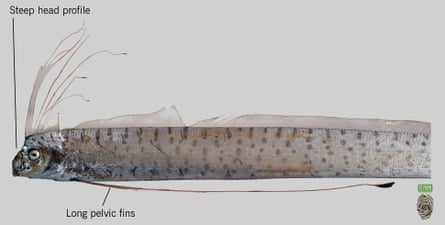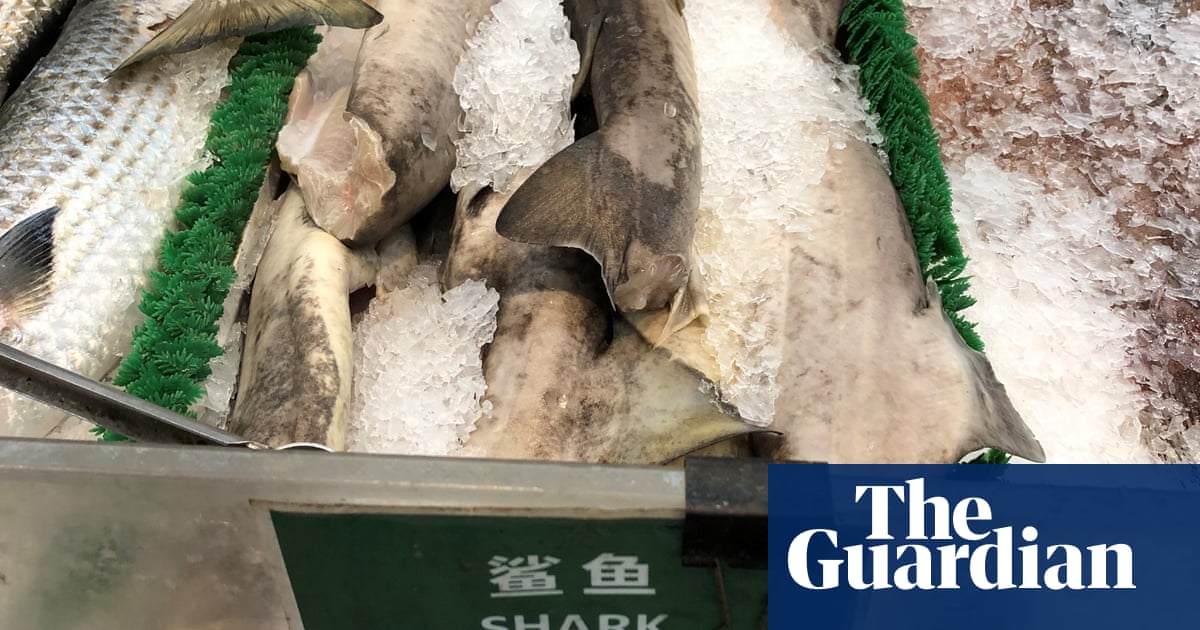Bad luck comes in threes, according to the saying. And this week three ethereal oarfish, nicknamed “the doomsday fish”, have washed up on the shores of Australia and New Zealand.
Two headless specimens were found near Dunedin and Christchurch on New Zealand’s South Island, following the discovery of an oarfish on Tasmania’s west coast on Monday.
But scientists say there is no evidence of any link between oarfish sightings and imminent natural disaster.
Earlier in the week, an oarfish was found near the small coastal settlement of Aramoana, north of Dunedin. Another, washed up on Thursday at a stony beach near Birdlings Flat, a 45-minute drive from Christchurch.
Andrew Stewart, the curator of fishes at the Museum of New Zealand Te Papa Tongarewa, described the fish as “beautiful” and “otherworldly”, with their “purply-blue, silver and crimson” colours.
The museum had investigated collecting one of these “magnificent and ethereal-looking fish”, but seagulls arrived first and demolished their heads.
That was disappointing because heads contained a lot of key features, Stewart said, such as earbones, teeth and gill rakers. Otherwise, he said, “when you’ve got an oarfish, you’ve got 8 metres in which every metre looks like every other metre – just rinse and repeat.”
Stewart said there were about 20 confirmed records of oarfish sightings in New Zealand.

Oarfish were probably the origin of sea serpent legends, he said. Although, there was little basis for their reputation as a harbinger of doom, given a peer-reviewed study in 2019 found no link between the appearance of oarfish and the arrival of earthquakes.
A/Prof Nick Ling, a fish ecologist from the University of Waikato, said sightings of oarfish are relatively rare.
“They live in the open ocean at significant depths and people just don’t encounter them. So because of that, they’re almost impossible to study.”
Oarfish, considered the longest bony fish in the world, hang vertically in the water and move by rippling their anal and dorsal fins, he said.
“They’re really beautiful fish,” Ling said. “It’s an extraordinary kind of lifestyle, just kind of hanging there, vertical in mid-water, presumably waiting for your food to happen along.”

 3 months ago
43
3 months ago
43

















































